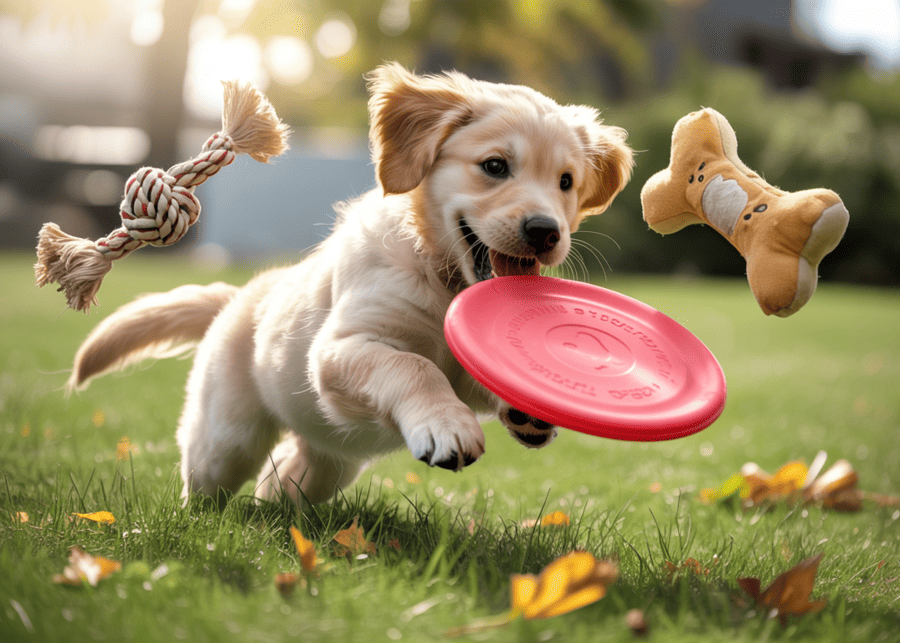Have you ever bought a new toy for your dog, only for them to ignore it? Finding the right toy feels impossible. We’re here to help you pick a winner.
The most popular dog toys tap into a dog’s natural instincts. These include squeaky plush toys that mimic prey, durable rubber chew toys for dental health, and interactive rope toys for games of tug-of-war. The best toy matches your dog’s specific breed, age, and personality.
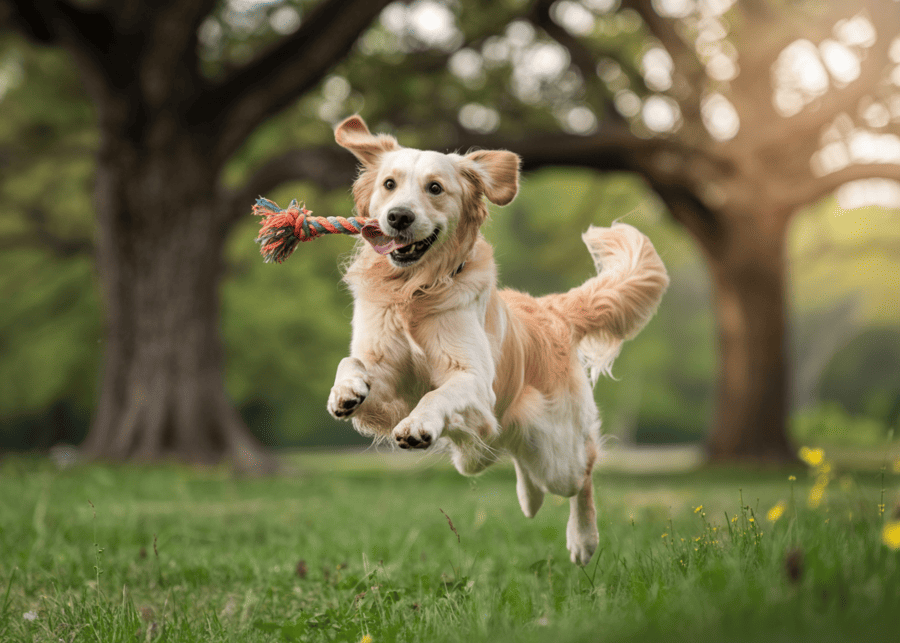
Choosing the right toy can feel like a guessing game. But after more than a decade of designing and manufacturing pet toys for brands all over the world, we’ve learned a lot about what makes a dog truly happy. It’s not just about a fun shape or a bright color. It’s about understanding why dogs play and what they get out of it. Let’s dive into the specifics so you can stop wasting money and start seeing that tail wag. This guide will help you find the perfect toys for your furry friend or for your customers if you are a brand owner.
What Are the 5 Most Popular Dog Toy Categories in 2025?
Are you trying to stock your shelves or just your dog’s toy box with guaranteed hits? It’s tough to predict the next big trend. You want toys that sell well and that dogs genuinely love.
Based on our manufacturing data and market analysis, the five most popular dog toy categories for 2025 will be: Interactive Puzzle Toys, Durable Chew Toys, Squeaky Plush Toys, Tug and Rope Toys, and Fetch Balls. These categories cover key canine needs from mental stimulation to instinctual chewing.
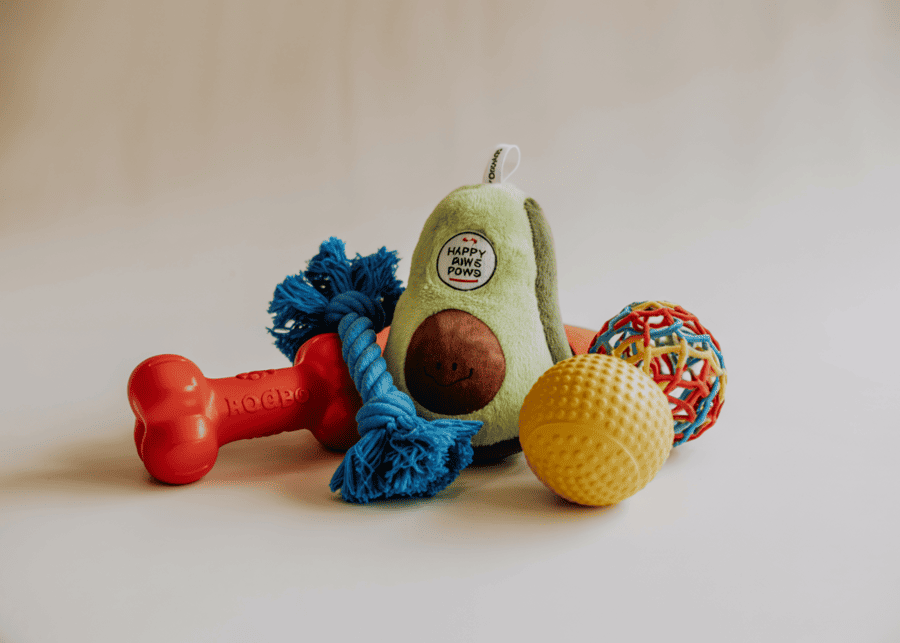
As a manufacturer, we have a front-row seat to what brands and, ultimately, consumers are buying. We see the orders come in and can spot trends early. The demand isn’t just for one type of toy; it’s about building a well-rounded "toy wardrobe" for dogs. Each category serves a different purpose, tapping into a dog’s core needs. For example, we helped a client, Garrett, create a custom plush toy shaped like a pickleball paddle. It was a huge success because it combined a fun, squeaky plush toy with a unique design that resonated with his specific audience of dog-owning pickleball players. This shows that even within these popular categories, there’s huge potential for innovation.
| Toy Category | Primary Function | Why It’s Popular |
|---|---|---|
| Interactive Puzzle Toys | Mental Stimulation | Fights boredom and anxiety; owners feel good about "smart" play. |
| Durable Chew Toys | Dental Health & Chewing | Satisfies natural chewing instinct; long-lasting and good for teeth. |
| Squeaky Plush Toys | Instinct & Comfort | The squeak mimics prey, triggering a dog’s hunting instinct. |
| Tug and Rope Toys | Interactive Play & Bonding | Great for owner-dog bonding and releasing energy. |
| Fetch Balls | Exercise & Instinct | A classic toy for a reason; perfect for active dogs who love to chase. |
Which Dog Toys Do Veterinarians Recommend Most?
You worry about your dog’s safety with new toys. Are the materials toxic? Could they swallow a piece? You need toys you can trust, not ones that could lead to an emergency vet visit.
Veterinarians most often recommend toys that are durable, size-appropriate, and made from non-toxic materials. They favor hard rubber toys for chewing, puzzle feeders for mental engagement, and sturdy rope toys for interactive play, advising against toys with small, easily detached parts.
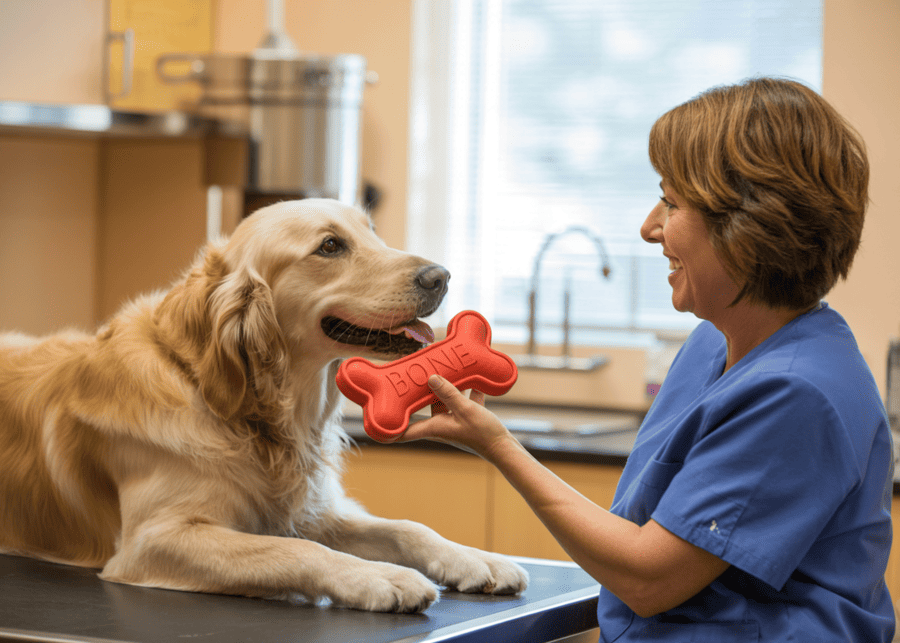
Safety is the number one concern for vets, and it’s our top priority in manufacturing, too. When we work on OEM or ODM projects, the first questions are always about the materials and construction. A toy is no good if it’s not safe. Vets look for toys that won’t break into sharp pieces or have parts that can be ingested, causing a blockage. That’s why they often point towards toys from reputable brands that have been tested. They want you to avoid cheap, brittle plastics and soft toys that can be shredded and eaten by an aggressive chewer. The goal is to find a toy that provides enrichment without posing a health risk.
Here are the key safety standards we, and veterinarians, look for:
- Material Safety: Is it made from non-toxic, pet-safe rubber, nylon, or natural fibers? We perform strict raw material control to ensure every batch is safe.
- Appropriate Size: The toy must be large enough that it cannot be swallowed whole or fit entirely in the dog’s mouth.
- Durability: Can it stand up to the dog’s chew strength? A toy for a Chihuahua won’t work for a German Shepherd. We ensure mass-produced items match the client’s specified quality standards.
- Construction: Are there small, glued-on parts like plastic eyes or bells that can be easily chewed off and swallowed? We recommend embroidered features on plush toys for this reason.
What Toys Do Small Dogs vs Large Dogs Prefer?
Are you wondering why your tiny Yorkie ignores the giant rope toy, or why your Great Dane destroys every plush toy in seconds? A one-size-fits-all approach to toys just doesn’t work. You need to match the toy to the dog.
Small dogs often prefer lightweight plush toys, small squeaky balls, and mini rope toys they can easily carry and shake. Large dogs need bigger, more durable toys like tough rubber chew toys, large rope tugs, and oversized balls that can withstand their powerful jaws and energetic play.
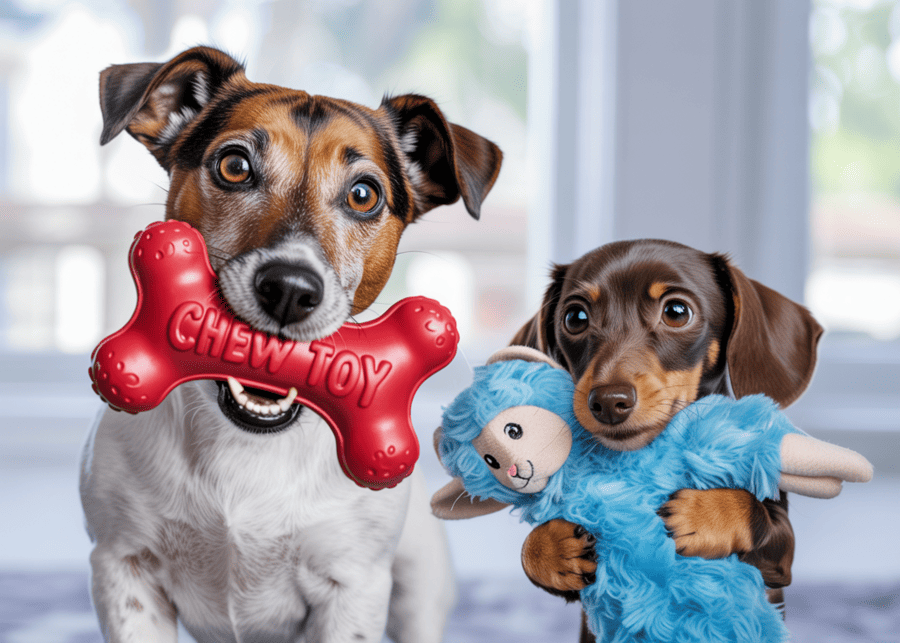
The difference in toy preference comes down to simple physics and natural instinct. A small dog can’t comfortably carry or play with a toy that’s too big or heavy. They often enjoy toys that satisfy their terrier-like instinct to shake and "kill" their prey. In contrast, large breeds have incredible jaw strength and need an outlet for it. A flimsy toy is not only destroyed in minutes but can also be a choking hazard. When we source products for clients like Judy, a pet store chain owner in Germany, we help her select a variety of sizes for each toy type. This ensures she can cater to all her customers, from Pomeranian owners to Mastiff lovers. Choosing the right size isn’t just about preference; it’s a critical safety issue.
| Feature | Small Dogs (< 20 lbs) | Large Dogs (> 50 lbs) |
|---|---|---|
| Preferred Toy Types | Small plush toys, mini tennis balls, lightweight ropes. | Heavy-duty rubber toys, large knotted ropes, oversized balls. |
| Material Needs | Softer materials are fine, but durability is still a plus. | Extremely durable, puncture-resistant rubber or nylon. |
| Primary Goal | Comfort, light chewing, easy carrying and shaking. | Satisfying strong chew drive, vigorous tug-of-war, intense fetch. |
| Safety Concern | Choking on small, detached parts. | Breaking toys into sharp pieces, swallowing large chunks. |
What Dog Toys Provide the Best Value for Money?
You’re tired of spending money on dog toys that are ripped to shreds in five minutes. It feels like you’re throwing cash away. You want a toy that lasts and that your dog actually plays with.
The best value-for-money dog toys are those that combine durability with function. A tough, non-toxic rubber chew toy that also dispenses treats offers excellent value by providing long-lasting play, dental benefits, and mental stimulation all in one, reducing the need to buy multiple different toys.
As a business that helps clients source products, we know value is about more than just the initial price tag. True value is the cost per hour of safe, happy play. A $3 plush toy that lasts ten minutes is far more expensive than a $15 rubber toy that lasts for six months. The best investments are multi-functional toys. Think of a durable chew toy you can stuff with peanut butter or a puzzle ball that dispenses kibble. These toys serve multiple purposes: they satisfy the urge to chew, provide a rewarding mental challenge, and can even help with slow feeding. For our clients, we recommend sourcing these types of innovative, high-value products because they lead to happier customers who feel they’ve made a smart purchase. It’s about providing a solution, not just a product.
Why Do Dogs Prefer Squeaky Toys Over Silent Ones?
Have you ever noticed how your dog’s eyes light up the second they hear a squeak? A silent toy might get a sniff, but a squeaky one often triggers instant excitement. You wonder what’s so magical about that noise.
Dogs prefer squeaky toys because the high-pitched sound mimics the noise of frightened or injured prey. This sound taps into their innate predatory drive, making the act of biting and shaking the toy a deeply satisfying, instinctual behavior. The squeak provides instant auditory feedback that they "caught" their prize.
This preference is hardwired into a dog’s DNA. Before they were our domesticated companions, their ancestors were hunters. The thrill of the chase ended with capturing small prey, which would often squeal. A squeaky toy allows our modern dogs to act out this entire predatory sequence—stalk, chase, capture, and "kill"—in a safe and fun way. It’s incredibly rewarding for them. When we design plush toys, like the custom pickleball paddle toy we made for a U.S. brand owner, the quality and placement of the squeaker are critical design elements. It’s not just a noisemaker; it’s the key that unlocks a dog’s instinctual joy for play. That’s why a toy with a good, loud squeaker will almost always be more engaging than its silent counterpart.
How Often Should You Rotate Your Dog’s Toys?
Does your dog have a mountain of toys but seems bored with all of them? They might play with a new toy for a day, then it gets lost in the pile. You need a way to keep things fresh and exciting.
To prevent boredom and maintain high interest, you should rotate your dog’s toys every few days to a week. Keep only three to five toys available at a time, and store the rest away. Reintroducing a "hidden" toy makes it feel brand new and exciting again.
Think of it like this: if you had access to all of your favorite movies all the time, the novelty would wear off. But if you could only watch a few at a time, you’d appreciate them more. It’s the same for dogs. This concept is called "novelty effect." A dog becomes desensitized to toys that are always available. I remember with my own dog, a toy he’d ignored for weeks became his absolute favorite just because I put it away in a closet for a month. When I brought it back out, his reaction was pure joy. Toy rotation is a simple, free, and incredibly effective way to maximize the value of the toys you already own. It keeps your dog’s mind engaged and prevents them from becoming destructive out of boredom.
What Warning Signs Show a Dog Toy Needs Replacement?
You want your dog to have fun, but you also want them to be safe. How do you know when a beloved toy has crossed the line from "well-loved" to "dangerous"? You need to know the red flags.
A dog toy needs immediate replacement if it shows signs of cracking, has pieces breaking off, or if stuffing is coming out of a plush toy. For chew toys, replace them when they are worn down to a size that could be swallowed, posing a choking or blockage hazard.
Regular inspection of your dog’s toys is a non-negotiable part of responsible pet ownership. It’s something we stress to all our B2B clients—quality control doesn’t end when the product ships; it extends to consumer education. You should check your dog’s toys before and after every play session. Look for sharp edges on chewed plastic, loose threads on rope toys that could be ingested, and any parts that have become detached. A good rule of thumb is: if a piece of the toy is small enough to be swallowed, the toy is no longer safe. Don’t wait for an accident to happen. Being proactive and throwing away a worn-out toy is one of the easiest ways to protect your dog’s health and well-being.
Conclusion
Choosing the right toy comes down to understanding your dog’s safety, instincts, and individual needs. By matching toys to their size and play style, you ensure hours of safe, happy fun.
At Preeminent, we specialize in helping brands create and source high-quality, safe, and engaging pet toys. Whether you need an ODM solution for a unique idea or a one-stop sourcing partner for your retail business, we are here to help you succeed. Contact us at [email protected] to get started.

